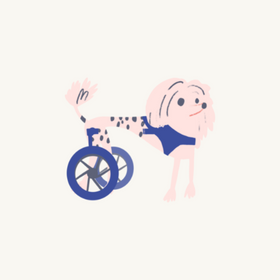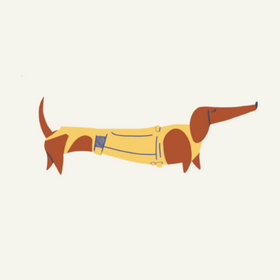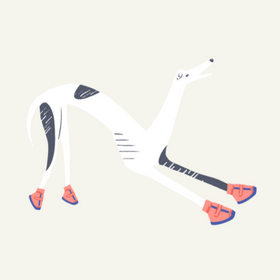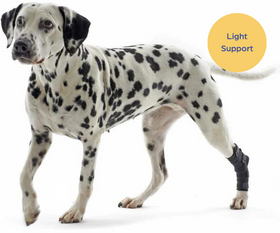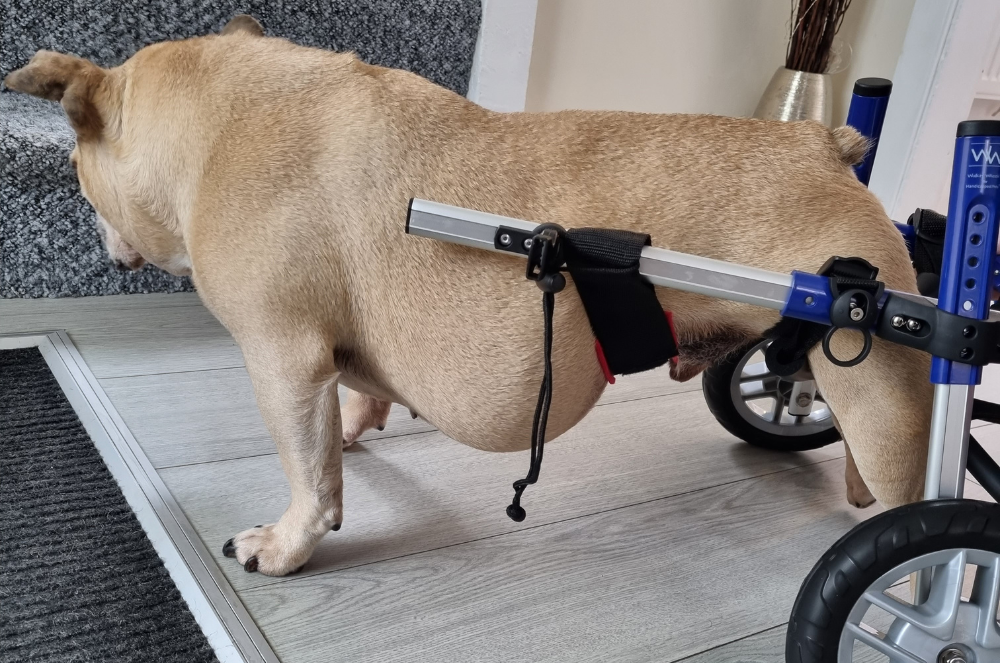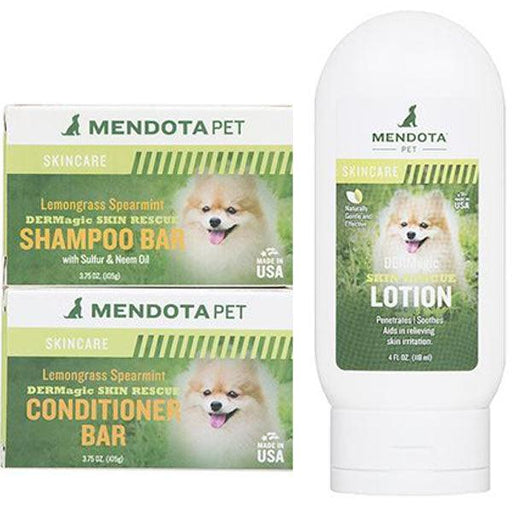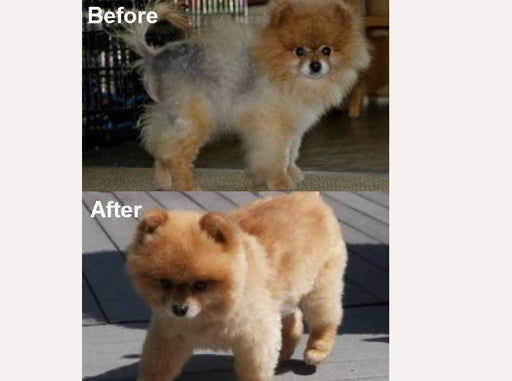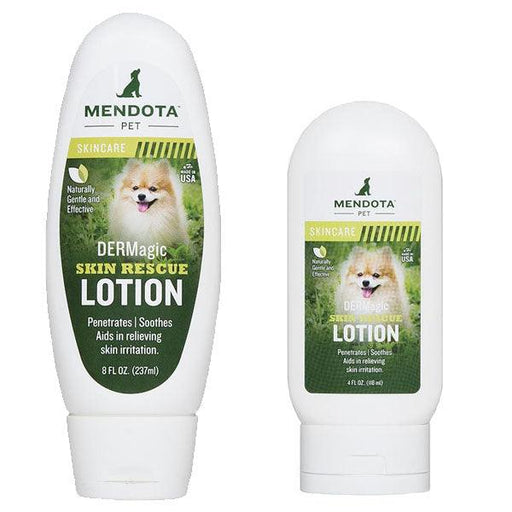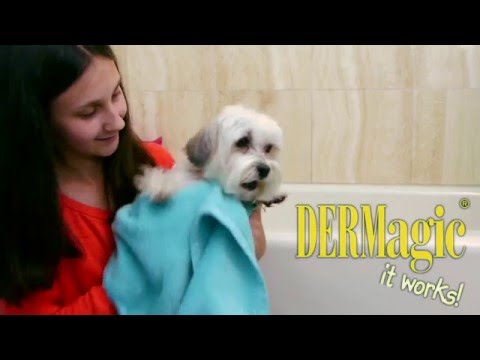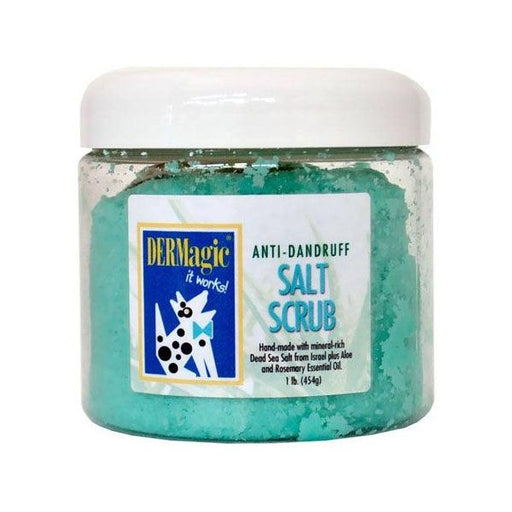Dogs most at risk from Cushing’s tend to be small or toy breeds, although it can affect dogs of all breeds.
This chronic disorder, so cannot be cured, it can lead to a variety of symptoms and health issues, but with proper care and management, your dog can lead a very happy and fulfilled life.
Early Signs and Symptoms of Cushing’s Disease in Dogs
Most of the time the symptoms of Cushing’s Disease are quite mild, because of this getting a confirmed diagnoses can sometimes be difficult. In addition, many of the symptoms for Cushing’s, are similar or the same as other conditions which affect dogs at the same age. Just to make things even more confusing, dogs who have longstanding health problems, have an increased chance of a false positive result for Cushing’s. This is where they test positive for the disease, but in fact do not have it.
Unfortunately, there is no one simple test which can diagnose Cushing’s. Diagnosis typically involves a combination of blood tests, urine tests, imaging studies (such as ultrasound or CT scans), and an adrenal function test, called the low-dose dexamethasone suppression test (LDDST).
Common symptoms for Cushing’s Disease include:
- Increased thirst and urination
- Increased appetite
- Panting more than usual
- Hair loss, bald patches or thinning coat
- Pot-bellied appearance
- Muscle weakness
- Lack of energy or apathy
- Skin changes (thin and fragile skin, often looks dry and is susceptible to infections)
- Development of a "food or water" belly (accumulation of fat in the abdomen)

